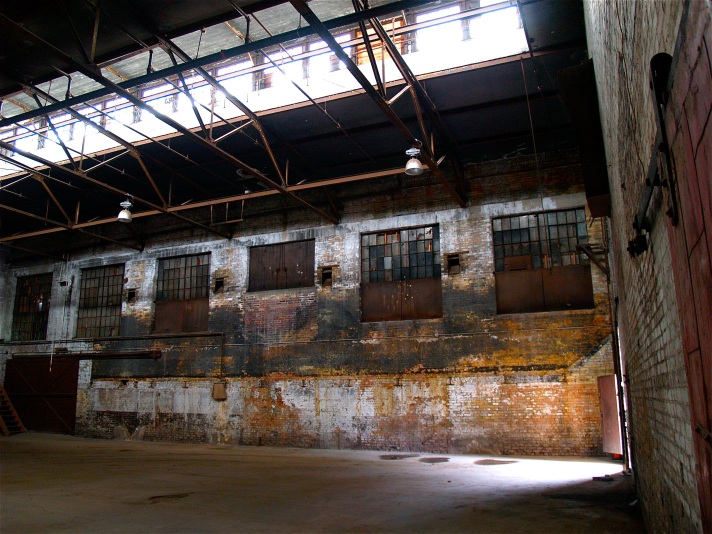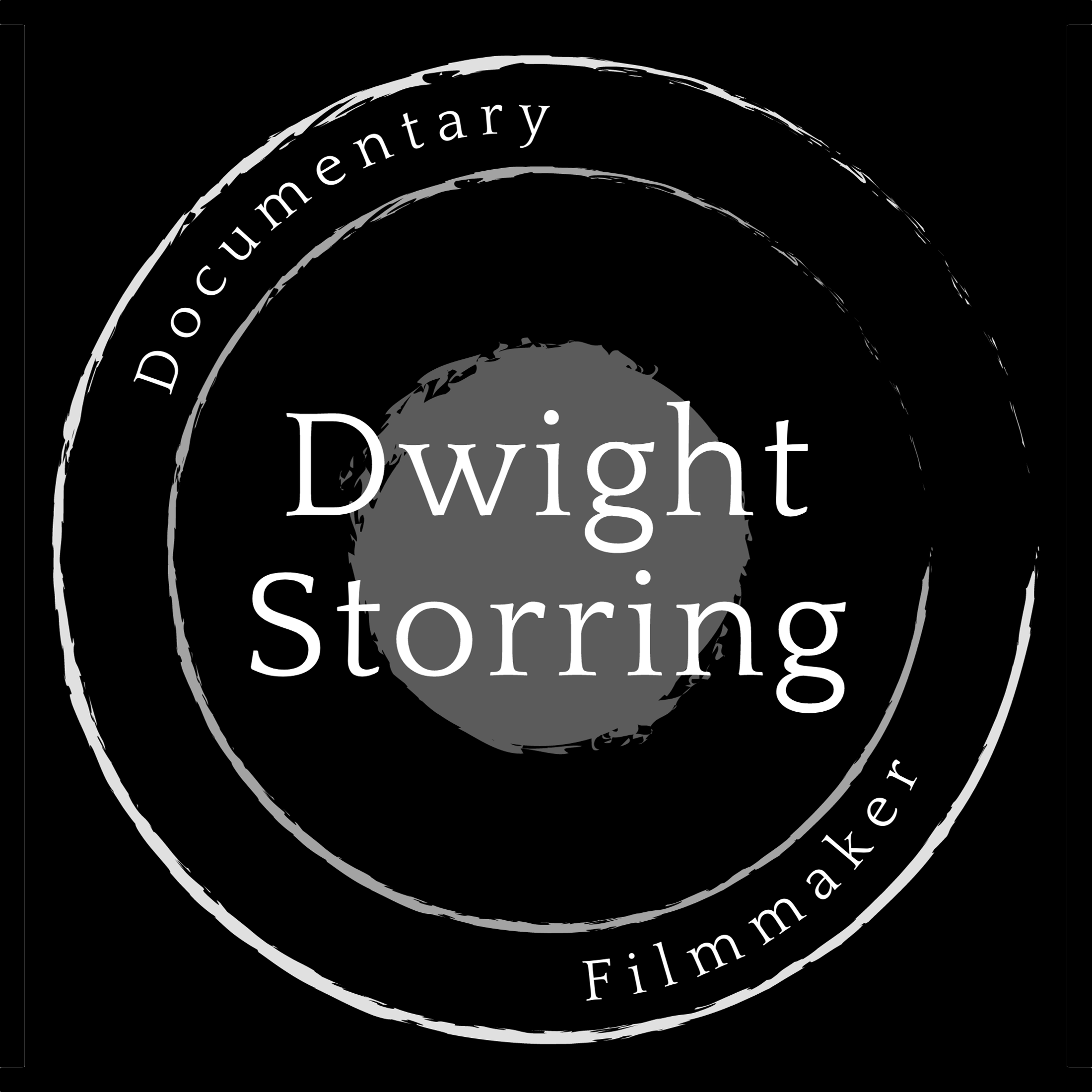
With the digital era now propelled to warp three by social media, it seems that telling the stories of our communities should be easier than ever, but I’m beginning to wonder if we don’t become more intentional about building community narratives – place-based stories – is there a chance we will lose track of what’s happening on the ground in our communities while we’re on our way to some undetermined digital destination faster than the speed of light.
The idea of digital storytelling has been around for some time. Led by the advocacy and training provided by the Center for Digital Storytelling, it has spread around the world. One of the most impressive examples is the BBC’s personal storytelling initiative, Capture Wales.
I’ve been thinking a lot about community narratives lately. I have this vision of combining the time-honoured tradition of storytelling, crowdsourcing and digital media tools to create multimedia stories about place. The resulting stories would be woven into the fabric of global community life that is now being lived out online through social media.
This idea forms the basis of a workshop I’m leading on June 19 called Building Community Narratives Through Multimedia Storytelling. The workshop is part of the Community Arts Ontario (CAO) conference being held in Kitchener June 18 and 19. If you are interested in registering for the conference visit the CAO website.
The aim of the workshop is to co-create a digital montage of Kitchener’s King Street from Victoria to Cedar Street:
- The workshop will start with an orientation and story circle to warm up the inner storyteller of participants.
- Storytellers will then take to the streets to conduct their personal story-walk along King Street.
- They will capture stories with digital photos, in their sketch books or on audio recorders and in their own words.
- The tellers will then reconvene to share their images, sounds and words.
- Each story will be captured in digital format and integrated into a larger digital production that will be assemble after the workshop.
This past week as I approached warp speed, I was pulled back to the reality of life at ground level by two very different community stories:
First, I attended opening night of Flush Inks Productions’ Asphalt Jungle Shorts VI (AJS), a theatre event unique to downtown Kitchener. It is a series of short plays produced to highlight specific locations in the city. You buy your ticket and you’re guided through the streets, performance to performance, finishing in the cozy grotto-like pub at the bottom of the Walper Terrace Hotel.
Each time I attend this event I come away with a new view of downtown Kitchener. This time I had a vested interest; my play “Lipstick and Cigarettes” was among those performed. This sharpened my senses and forced me to scrutinize how the art informed the community narrative.
Each play is a story that lives within a larger performance story. Perhaps more interestingly the performance, in turn, lives within a community story that unfolds serendipitously as real-life scenes collide with the performance:
- A bouncing Pomeranian dog, leash attached to the handlebars of its owner’s bike navigates a scene being played out in Halls Lane,
- Patrons on the Classicos restaurant patio cheer as a breakup scene is performed on the sidewalk in front of them,
- A solitary reader in a park at the corner of Ontario and Duke Street quietly switches benches as his solitude is invaded by thespians and audience,
- “Strike a pose, baby!” shouts a passerby as he stumbles upon a pas de deux between an actor and a mannequin in an vacant store front window.
Second, the real-life story about development of the Lang Tannery site has been playing out online and in the streets over the past few weeks, coming to a climax in Kitchener’s city council chamber Monday night.
The Tannery District is in a block bounded by Charles, Francis, Victoria and Oak Streets and the developer, Cadan plans to demolish four buildings on the site to make way for a gravel parking lot to provide interim parking for tenants.
The community was divided on this issue. While some were concerned about the dismantling of the site’s heritage and destruction of a significant cultural landscape – Lang Tannery was once the largest tannery company in the British Empire – others saw the targeted buildings as eyesores long overdue for levelling.
In the end, city council decided to let the project proceed as planned. The buildings will be demolished and some materials and features will be preserved for incorporation into a new, mixed-use building to be erected on the site within the next few years according to the developer. One heritage feature will remain on the site, an elegant smokestack, the only one remaining in the surrounding neighbourhood that formed the industrial heart of the city in the early 20th century.
While these narratives are compelling within their own space and time, the more important aspect, for me, is their authentic and heartfelt response to place – the sites, the sounds, the physical space where our life stories are played out.
It’s easy to tell stories in this now-digital world. The tools for creating multimedia content, publishing it and promoting it are even available on our smart-phones – everyone is a publisher and everyone is a consumer. Along with this ease of media creation and distribution comes the flotsam and jetsam (not the metal band) that washes up on the shores of our web browsers and inboxes.
The workshop on June 19 is an attempt to reclaim at least a portion of the digital space from the gadgeteers and digerati and put it into the hands of everyday folks to tell stories about the place where they live.

Dwight, I came across your article by searching “Waterloo” on twitter
Your article is something I am very interested in, and have being interested in finding others that share this interest in KW area. I am relatively new to KW, so still trying to figure out what’s going on and who’s doing what.
Thanks for a great article and would be interested in connecting some time.
Thanks James. The cultural richness of the Waterloo Region amazes me. There’s so much going on, it’s hard to keep up.
Me too (amazed by cultural richness, I mean) just saddened that it is not more ‘visible’. Its not like we could ever think that the tech industries, universities and various digital industries lack visibility. Nice blog.
This grassroots approach to storytelling — helping communities and individuals see the value in their stories — is of deep interest to me, as well. I think it is an art with which we have lost our connection, perhaps because of technology.
But maybe technology can help us get it back . . .
Hi Dwight, I came across your Tannery photos while putting together a photoblog on the history of the building. While I have quite a few archival and personal shots, I’d like to include yours as well, as they are vastly superior to mine. The blog will also be featured at http://waterloo.openfile.ca/ – a community news site that has just launched. Btw, I’m not making any money here. Like you. I just want to open Kitchener’s industrial-to-post-industrial narrative.
What do you say?
Best,
Trevor
Thanks for your comment Trevor. I would be happy to share these photos with a wider audience. I have several others. If you would like to take a look you can find them at :
You might also be interested in the Storywalk of Downtown Kitchener, the result of a workshop I conducted last June:
http://www.youtube.com/user/dwightstorring?feature=mhum#p/a/u/1/OQjCNhPc4jg
Hi webmaster do you need unlimited articles for your page ?
What if you could copy post from other sources, make it unique and
publish on your page – i know the right tool for you, just search in google:
kisamtai’s article tool